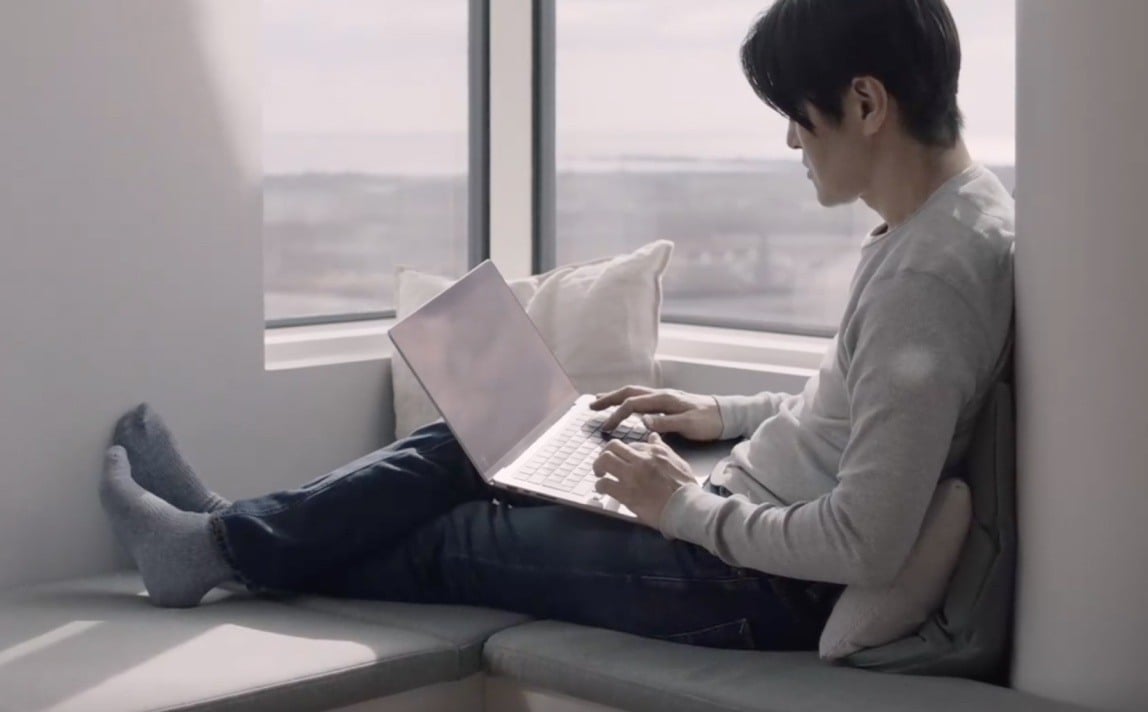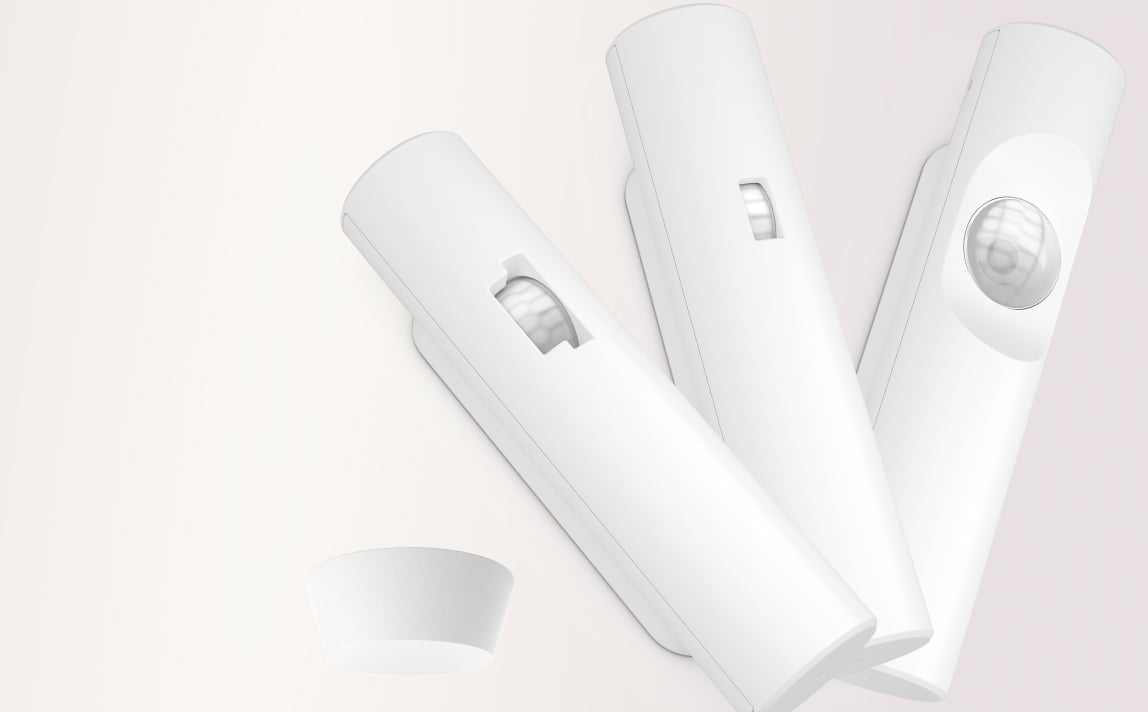Real-time occupancy sensors are quickly becoming the standard for office measurements. As opposed to third-party advisory services that rely on human observers, sensors objectively capture utilization of rooms, desks, and other workspaces from day to day, month to month. This means they can answer a wide range of burning questions with a fine level of detail.
When you arrive to the office just in time for your next meeting, you need quick answers. Real-time room sensors let you quickly determine which rooms are free that very moment. You could even see this on the way to the office, with remote access to this data.
Nobody wants to wander around a large workplace searching for an empty desk. Real-time desk occupancy means everyone at the office can avoid this hunt, and beeline for a free spot.
With precise data on the average occupancy levels at your office, workplace stakeholders will have a baseline metric for any given period. You might be surprised. In some cases, companies find that their office isn’t as empty or busy as they thought, helping them make the right choice about expansions or consolidations.
By determining the most popular workspaces, you’ll be able to encourage a more even distribution of workspaces. After looking into why some spaces are used more than others, you can then adjust your workplace accordingly.
Finding high- and low-traffic areas is key to optimizing the design and layout of your workplace, determining whether the workplace square footage is truly the right size for your company, and providing more of the types of areas and spaces that are actually used.
With trends on used desks and meeting rooms, you’ll see how your workforce prefers to work. This means you can optimize the space for their patterns—creating areas where people want to work and avoiding unused spaces.
In a flexible office, people may arrive and leave at different times. While there are a lot of advantages to this approach, it can put pressure on facilities during peak times of the day. With real-time occupancy data, pinpoint occupancy waves and handle them appropriately.
Seasonal fluctuations are easy to spot with long-term data from occupancy sensors. In many cases, offices are underutilized certain times of the year. Rightsizing might only require temporary solutions to ensure a better use of your spaces.

When it comes to measuring utilization, nothing beats sensors.

From calendar systems to indoor climate, a few big changes are on the horizon.

Copyright © 2025 Sony Network Communications Europe. All rights reserved